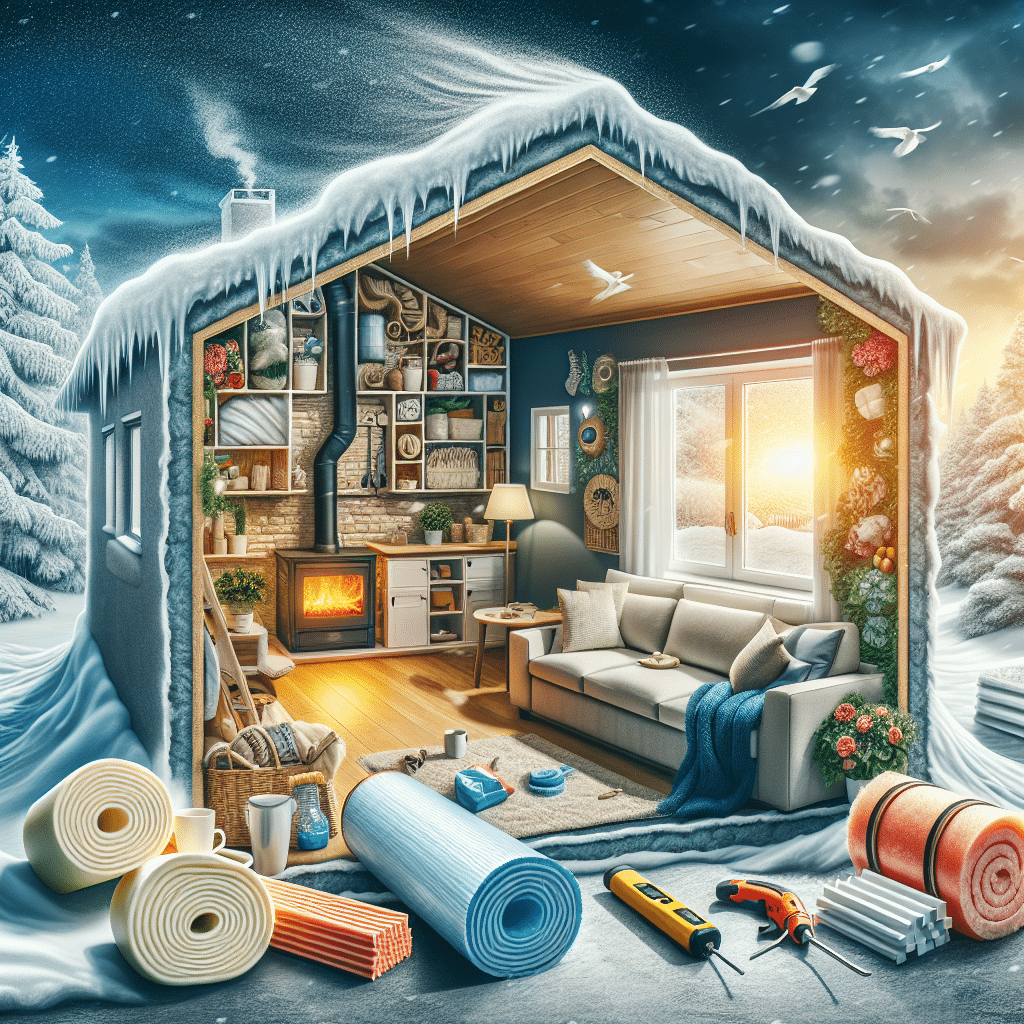With the arrival of winter, many households face the challenge of keeping a warm environment while trying to reduce heating costs. As temperatures drop, the need to find effective solutions to insulate the home from the outside and optimize energy consumption arises. Below are some innovative and practical ideas to improve insulation in homes and save on heating during the colder months.
One of the first actions to consider is the review and improvement of windows. It is estimated that a large part of heat loss in a home occurs through windows and their frames. Installing rubber or foam seals in the gaps is a cost-effective and simple alternative that can make a big difference. On the other hand, thermal curtains not only add an aesthetic touch but also help keep the heat inside the rooms.
Doors are also critical points in home insulation. Placing a draft barrier or a doormat with insulating properties can help prevent cold air leaks. Additionally, using interior doors with insulation panels can result in a noticeable decrease in heating consumption.
Another essential aspect is wall insulation. While the most effective option is to do interior or exterior insulation, there are practical and less expensive solutions, such as applying paints or thermal coatings that help reflect heat and create an additional barrier. Using shelves or furniture to create additional air space between the walls and the interior environment can also be beneficial.
The floor is another determining factor in home temperatures. Installing carpets or rugs not only adds warmth but also acts as a natural insulator. In places with cold floors, such as the bathroom or kitchen, the use of warm floor mats is recommended to increase comfort during the colder months.
Optimizing the heating system is key to saving energy. Proper maintenance of boilers and radiators, ensuring they are clean and functioning efficiently, will allow for more effective use of heating. Additionally, the use of smart thermostats can help regulate temperature more efficiently, adapting to each family’s schedules and habits.
Finally, incorporating plants indoors not only beautifies spaces but also improves air quality and can act as a natural insulator. Plants create a microclimate that is beneficial for indoor temperature.
Implementing these ideas will not only help keep the home warm during winter but also contribute to a significant reduction in heating costs. With a bit of creativity and effort, it is possible to enjoy a warm and cozy environment without the energy bill skyrocketing.
Referrer: MiMub in Spanish
